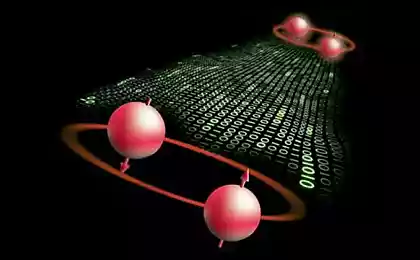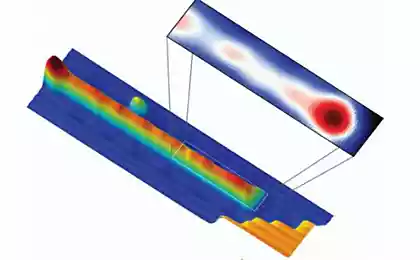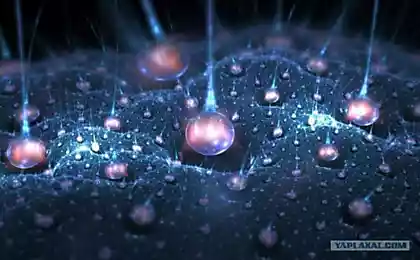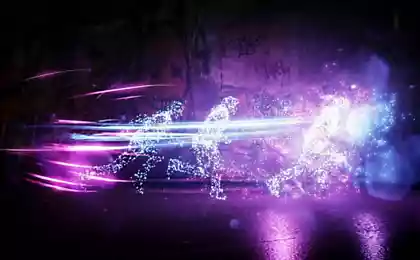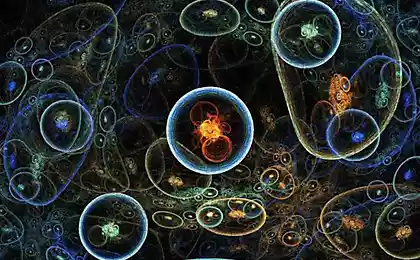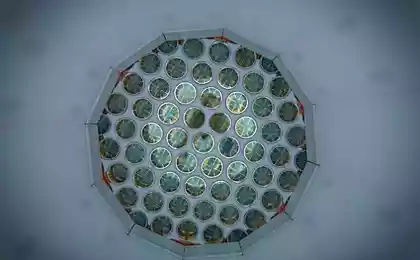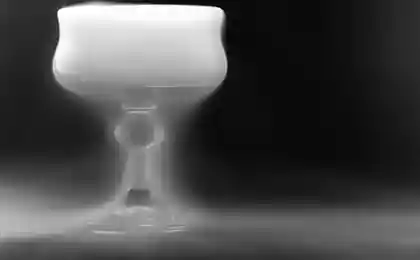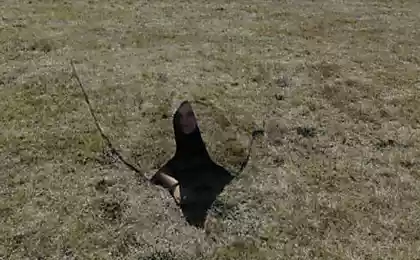435
Scientists: experiments on the teleportation of particles has completed successfully
Two groups of scientists from China and Canada announced the successful completion of the experiments on the teleportation of particles on the 6th and 7th kilometers, using the usual "urban" channels fiber optic communication.
According to the idea of quantum teleportation, atoms or photons can exchange information at any desired distance in that case, if they are in the "intricacies" of the quantum state.
This process requires a communication channel. Physics from the University of Hefei (China) and University (calgary) made a similar teleportation not in the lab, and using an ordinary fibre-optic cable using unusual methods of "transportation".
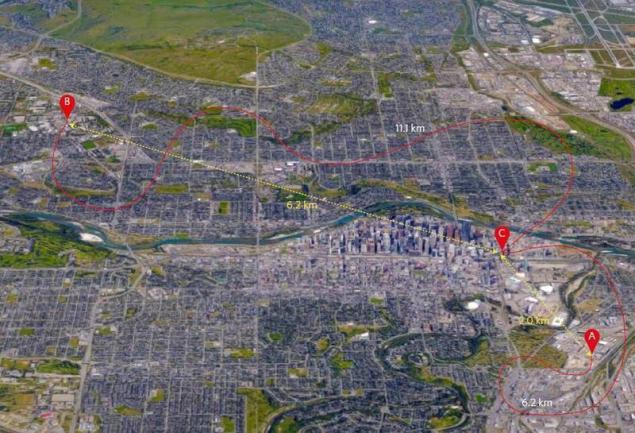
In the classical procedure of quantum teleportation involve two parties, a sender"Alice" and the receiver"Bob". If "Alice" wants to teleport some other particle "Bob", it simultaneously measures the condition in which there were both particles and sends the results of measurement by the usual lines of communication, "Bob".
During this measurement, the connection between entangled particles collapses and the particle "Bob" goes to those States in which there was a particle of "Alice" while teleporting. To find out in what state she was in, the required data of measurements that "Bob" can be used to obtain data on the properties of the particles.
Scientists from China and Canada included in that plan is a third "player" — intermediate "Charlie". It simulates the transfer element in a future quantum computer networks, or Central processing unit of a quantum computer connected to the memory banks in the form of "Alice" or "Bob".
The addition of "Charlie" as written by Jian-Wei pan (Jian-Wei Pan) from the University of Hefei, Wolfgang Tittel (Wolfgang Tittel) from the University of calgary, made it possible to transfer all of the most complex and expensive components, manufacturing all quantum measurements and require cooling to almost absolute zero, inside that a "mediator".
This significantly simplified the work of the "teleporter" and has reduced the cost of "Alice" and "Bob". Chinese scientists teleported qubits, and their canadian colleagues — entangled pair of photons as they pursued different goals. So, physicists from Hefei plan to use their know-how for the creation of quantum computers, and their competitors from calgary for the development of new quantum encryption systems.
Physicist and programmer from Harvard derived a formula of intelligenceNobel winner 2016, asinari Osumi proven benefit of fasting While neither technology is not suitable for practical use — the "teleporting" of Chinese scientists reports no more than two qubits per hour, and the development of their colleagues from Canada reports about 17 related to photon per minute, but it has strong limitations for use in practice.published
Source: www.facebook.com/nauka20/photos/a.308823165833428.65716.174891672559912/1087007781348292/?type=3&theater
According to the idea of quantum teleportation, atoms or photons can exchange information at any desired distance in that case, if they are in the "intricacies" of the quantum state.
This process requires a communication channel. Physics from the University of Hefei (China) and University (calgary) made a similar teleportation not in the lab, and using an ordinary fibre-optic cable using unusual methods of "transportation".

In the classical procedure of quantum teleportation involve two parties, a sender"Alice" and the receiver"Bob". If "Alice" wants to teleport some other particle "Bob", it simultaneously measures the condition in which there were both particles and sends the results of measurement by the usual lines of communication, "Bob".
During this measurement, the connection between entangled particles collapses and the particle "Bob" goes to those States in which there was a particle of "Alice" while teleporting. To find out in what state she was in, the required data of measurements that "Bob" can be used to obtain data on the properties of the particles.
Scientists from China and Canada included in that plan is a third "player" — intermediate "Charlie". It simulates the transfer element in a future quantum computer networks, or Central processing unit of a quantum computer connected to the memory banks in the form of "Alice" or "Bob".
The addition of "Charlie" as written by Jian-Wei pan (Jian-Wei Pan) from the University of Hefei, Wolfgang Tittel (Wolfgang Tittel) from the University of calgary, made it possible to transfer all of the most complex and expensive components, manufacturing all quantum measurements and require cooling to almost absolute zero, inside that a "mediator".
This significantly simplified the work of the "teleporter" and has reduced the cost of "Alice" and "Bob". Chinese scientists teleported qubits, and their canadian colleagues — entangled pair of photons as they pursued different goals. So, physicists from Hefei plan to use their know-how for the creation of quantum computers, and their competitors from calgary for the development of new quantum encryption systems.
Physicist and programmer from Harvard derived a formula of intelligenceNobel winner 2016, asinari Osumi proven benefit of fasting While neither technology is not suitable for practical use — the "teleporting" of Chinese scientists reports no more than two qubits per hour, and the development of their colleagues from Canada reports about 17 related to photon per minute, but it has strong limitations for use in practice.published
Source: www.facebook.com/nauka20/photos/a.308823165833428.65716.174891672559912/1087007781348292/?type=3&theater






